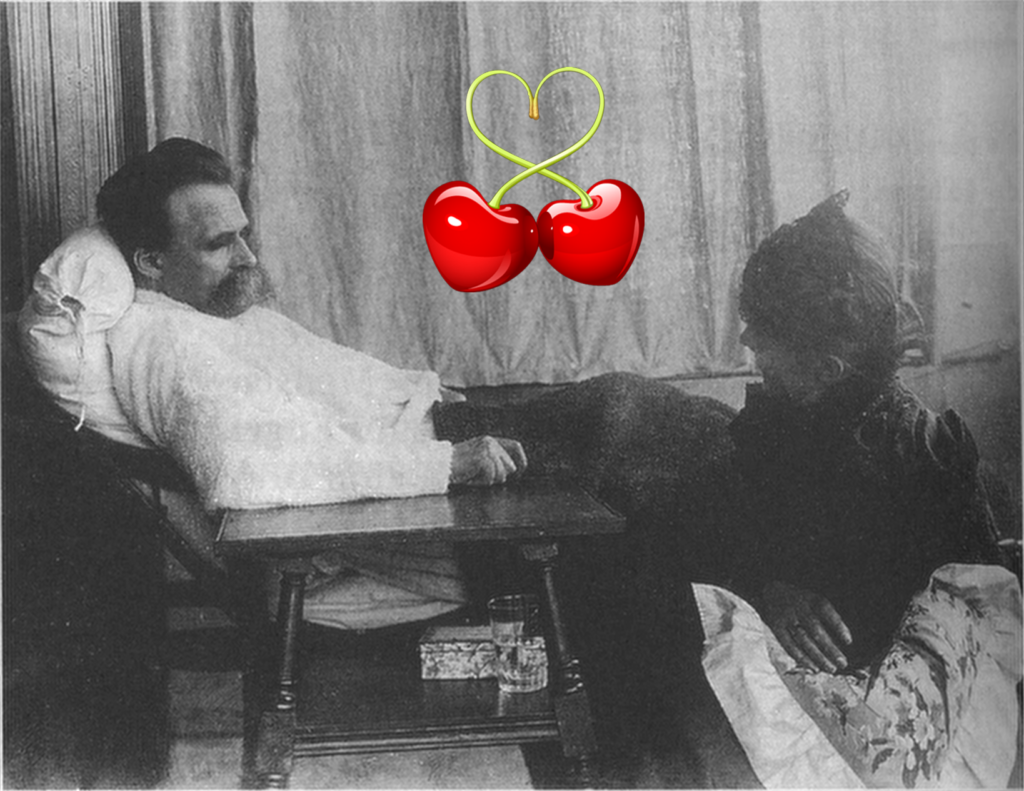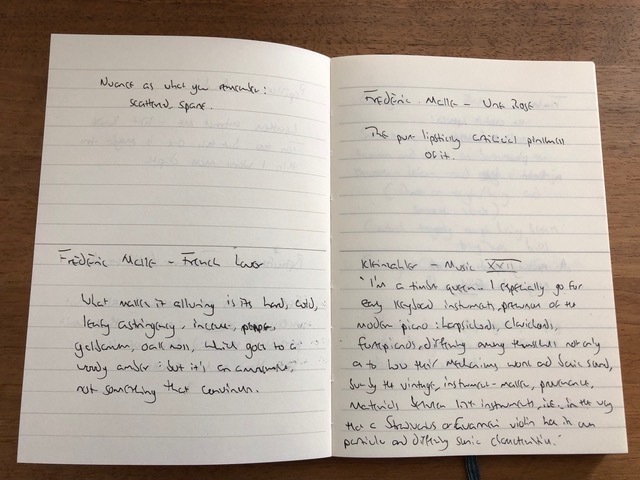The romance genre, especially steamy enemies-to-lovers books, is a vast and steamy place, full of communication shenanigans, tissue-paper bodices, flowing locks of all colors that belong to all genders, and a disproportionate number of English dukes, people with piercing eyes and the ability to raise one sardonic eyebrow. One of the major reasons readers flock to romance is the steam factor. It is a place where readers can experience the joys and heartaches of any relationship arrangement without consequence to our hearts (or our joints, given the variety of possible…er…configurations).
Speaking of configurations, romance readers are statistically around 86% women. And while most readers discover the romance genre between ages 11 and 17 (no surprise there, given puberty, preteen, and teen curiosity around relationships and sex), the average romance reader is ~37 years old, heterosexual (82%), female, and white (86%), according to the Romance Writers Association. That is all to say, this is not a widely diverse readership, but as the genre embraces more diverse expressions of race, gender, and sexuality, I expect those numbers will shift.
More diversity in authorship and characters can only lead to more diverse ways to make us blush in public. With diversity in mind, I’ve done my best to include many different types of steamy enemies to lovers books — including a yaoi manga — to expand your steamy horizons.
Kingdom of the Wicked (Kingdom of the Wicked, Book 1) by Kerri ManiscaloManiscalo has just finished the Kingdom of the Wicked trilogy, which combines enemies-to-lovers with slow burn — the real steam gets going in book 2, Kingdom of the Cursed, which this reader appreciates because ancient demons shouldn’t fall quickly for humans — or witches. |
What the Hex by Jessica ClarePenny Roundtree wants to be a familiar , but there aren’t any witches or warlocks in the market. Willem Sauer is a warlock most definitely NOT in the market, due to previous…issues…with his familiars. An unorthodox arrangement leads to the two being thrown together, and their clash makes the magical sparks fly. |
Copyright
© Book Riot



















